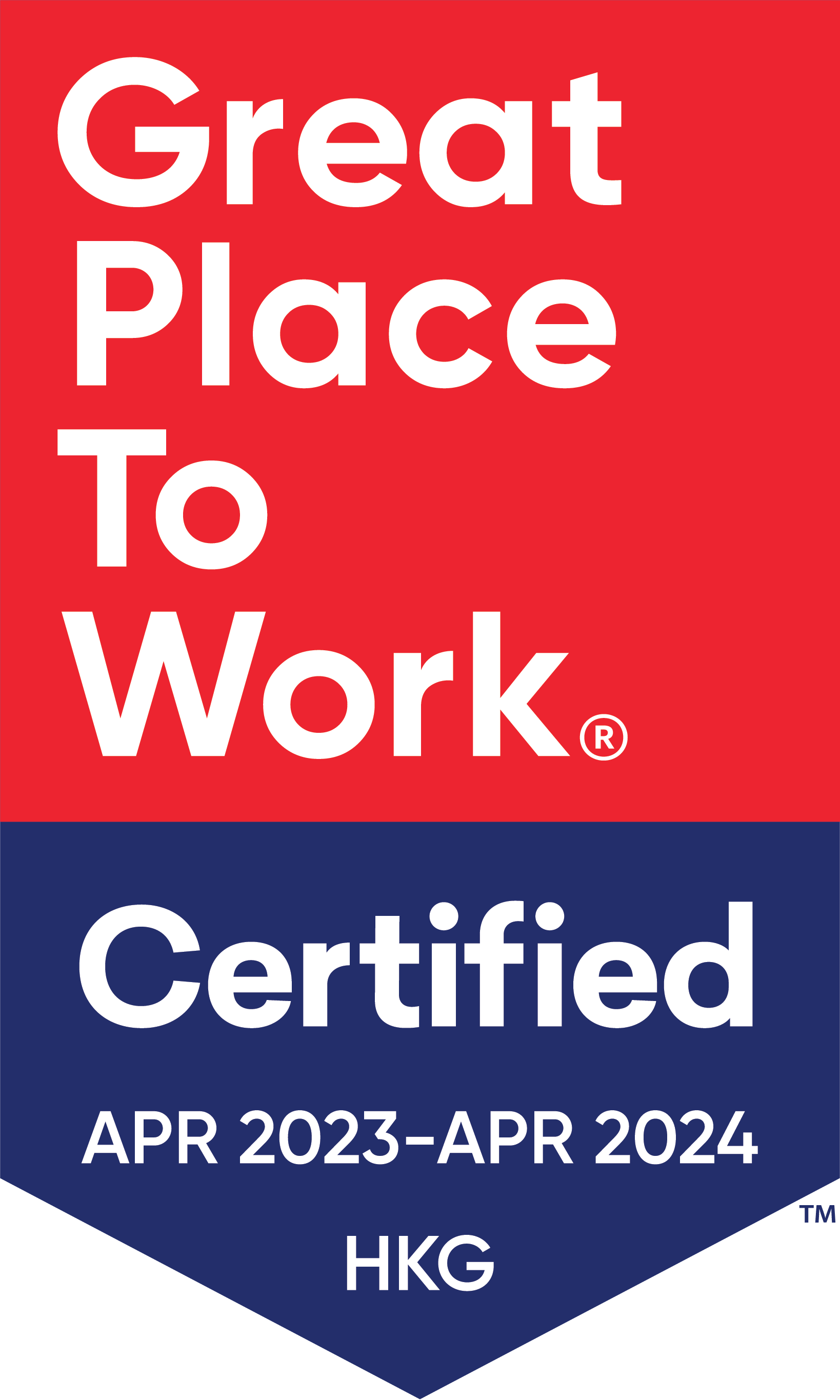LinkedIn article - A Checklist for Tackling Hong Kong's Talent Crisis

This article was written by CG Managing Director, Mathew Gollop, and published on August 26th 2022 in LinkedIn:
I try to write articles based on the questions I am most commonly asked. In the last week alone I've had multiple organisations, both NGO and commercial, asking for insights on this topic.
Hong Kong has undergone a net talent outflow from both local and expatriate communities in the last 2 years. This is layered on an already tight talent market with the additional context of the influence of pandemic-driven lifestyle changes. In short, this situation is very real and it's going to get worse before it gets better.
When asked 'what can we do about it?' my response is that you need to do everything, and, as quickly as possible. What I mean by this is that there is no single solution or quick fix. Once Covid restrictions are dropped, we'll see the burgeoning Greater Bay initiative create additional demands and more active hiring strategies from incumbent companies. NOW is the time to get ahead of this and it is done by placing talent retention and attraction at the centre of strategic decision making.
Here is my checklist:
Remove the push factors. These are easy to identify. You know them already:
- High attrition under specific leaders?
Move towards performance management against staff retention metrics or, make the tough decision and move these individuals into sole contributor roles or out of the organisation. Whilst these people may feel like they add value through their personal performance, the perception of their impact is often over-inflated and the consequences of staff-turnover understated. Create room for internal development or bring in fresh ideas and save the ongoing detrimental impact on your employment brand.
- Misaligned benefits?
Struggling to justify your 12 days' annual leave allowance, lack of WFH strategy, 'no medical cover during probation' policy or similar when you recruit? Make it a priority to resolve, and quickly. The cost of talent attraction and attrition is already high enough without adding these type of barriers to the equation. You might feel you can't afford to change it but, you actually cannot afford not to. - Lack of clearly defined learning, development and progression potential?
The journey to creating meaningful programs that support personal and professional development that align with business goals and values is a long one. It takes sustained effort from multiple stakeholders to achieve and so, if you don't have it in place already, get started. If you don't have this capability internally, recruit it or, bring in external experts to support. In itself it creates a development opportunity for your current team.
Challenge past hiring assumptions and embrace diversity and equity. The talent short market is a lever to push diversity in hiring. Opening the target pool of talent will give you more options and, therefore, a greater chance of success. Hong Kong has a high degree of ethnic homogeneity but, diversity comes in many forms. You can challenge the following assumptions:
- The successful candidate must speak Chinese. There are many instances where this is the case but, from previously being an 'ideal' criteria, it has become a standard addition to many job descriptions as a fixed requirement. This immediately excludes applications from candidates with the appropriate technical skills or market knowledge but who don't speak the language. Don't close the door on these applications - widen the net.
- The role requires a degree in X or Y. Google found that specific degrees were not a key to success when soft skills rated higher as important traits. By stating specific disciplines on a job description, you may exclude strong candidates and, in particular, female applicants who may be less likely to apply when they don't meet the criteria. The well quoted HP study is examined further in this interesting HBR article. PWC recently dropped their 2:1 degree requirement in the UK as another sign that organisations are widening their talent funnels. You can equally look at whether the role requires a degree at all. As application volumes drop, you can spend more time searching for the hidden gems.
- We need to hire someone with experience in Hong Kong/the region. Of course, candidates with existing experience in the relevant location or region will have a shorter learning curve but, employers will have no choice but to start hiring from outside of HK's geographic borders in the future. Companies that move early to build these channels and processes to attract top talent from overseas, will have first mover advantage.
- Experience is required in a similar role and/or from the same industry. Research shows that, hiring candidates who have done the same job before does not guarantee success and often means a diminishing return. People are less motivated to deliver the same projects and achievements over and over. No one tells this story better than Lou Adler. The best hire is someone who has demonstrated high performance and who is reaching for the next challenge and would see your role as a stretch. Look at opportunities where you can hire from other industries or cross-train from other functions. Making that decision today looks very different in 6 months with a candidate who has made the transition, compared to a still open vacancy searching for the exact fit.
Partner with NGOs to open diverse channels. There are many NGOs supporting minority groups to access employment opportunities. Refugees, ethnic minorities, local under-privileged communities, the homeless, neuro-diverse and otherwise disabled individuals to name some. Partnering with these organisations can also align with your social purpose and can be an opportunity to open the door on internal discussions, raising awareness and creating fundraising initiatives.
Work on building a culture of belonging. Ultimately, when people feel like they belong, business is better. Deloitte's recent Human Capital Trend Report states "belonging can lead to a 56% increase in job performance, a 50% reduction in turnover risk, a 167% increase in employer net promoter score, 2X more employee raises, 18X more employee promotions, and a 75% decrease in sick days." This research continues what we already know about the positive influence of diversity and inclusion and working environments that foster a sense of psychological safety. As with building a learning culture, tackling this issue is a long journey and so, the sooner you begin, the better.
Finally, ensure your recruitment process is efficient and sensible. With candidates in high demand and counter-offers common, you need to be able to be agile in the market. Move to conclusion quickly so that, if your first choice candidate doesn't work out, you can shift gear and consider alternatives.
Whilst this is not an exhaustive list, it should provide some ideas to begin a conversation. I am always happy to discuss talent issues and other ways that ConnectedGroup can help which include:
- Executive recruitment & search services to support you in filling critical vacancies.
- Our new TalentInsights product - a data driven solution to providing you with transparency on your target talent community in order to drive sensible conversations around succession, diversity and hiring strategy.
- Contract and interim employment solutions - deployment both in Hong Kong and overseas (charged back to a Hong Kong entity).
- Our new ConnectedConsult offering - helping you build or outsource your TA function to create an efficient and effective recruitment process.
- Connect you with our not-for-profit network to tap into diverse talent channels.
Feel free to connect with Mathew at mat@connectedgroup.com for more information.
Share This Blog
Recent Articles















